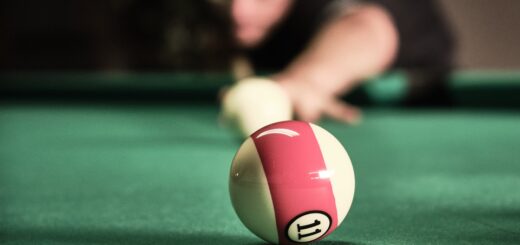Living World

Summary
The word environment is very familiar to us. The thing around us is the environment. Example: We see hills, forest, river, falls, streams, honey bee, insects, eagle, snake, soil, light, birds, and so many other things
Characteristics of living being
Living components:- the characteristics needed to grow into a plant. It is called living component. Ex The characteristics of living beings are growth, nutrition movement, respiration, excretion response to stimulus reproduction life span and cellular structure.
Living beings are made up of cells


A cell is the basic building block of all organisms. It is the smallest unit of organization in a living thing. Cells are made up of a nucleus and a cytoplasm, enclosed by a thin wall called a membrane, which separates it from its surroundings. The main difference between a plant and an animal cell is that plant cells have a vacuole, chloroplast, and a cell wall. Plant cells have a nucleus, cytoplasm, and a cell membrane too Some microorganisms are made up of only one cell, whiles other bigger organisms such as an ant or a lion are made up of millions of different cells. A group of cells can form a tissue. whiles other bigger organisms such as an ant or a lion are made up of millions of different cells.
Living beings Respire.

Cells need and use the energy that is formed through this process to assist with life processes in order for organisms to survive and reproduce Living things take in oxygen and oxidize the food with the release of energy by the process of cellular respiration. The energy released by the respiration is used for the growth and development of the body. It helps to perform several functions like digestion, respiration etc. During respiration living beings take in air, use the oxygen and give out carbon dioxide.
Living being eat food
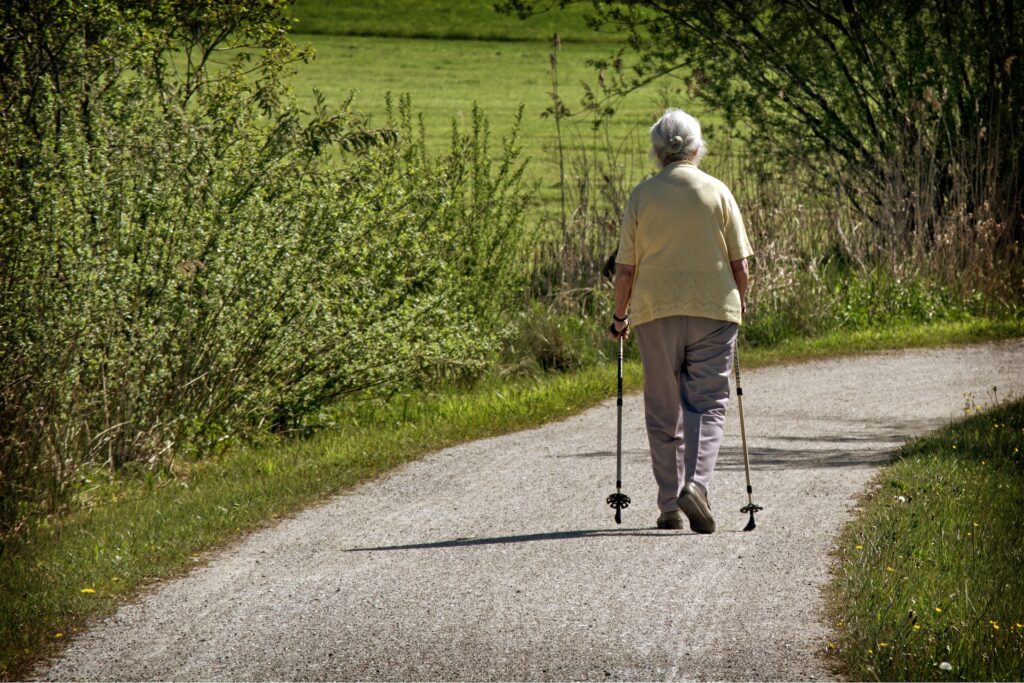

Living beings perform many activities daily such as woodcutting, carrying a load, hunting, etc to do all this work they need energy they get energy through food.
Food of plants
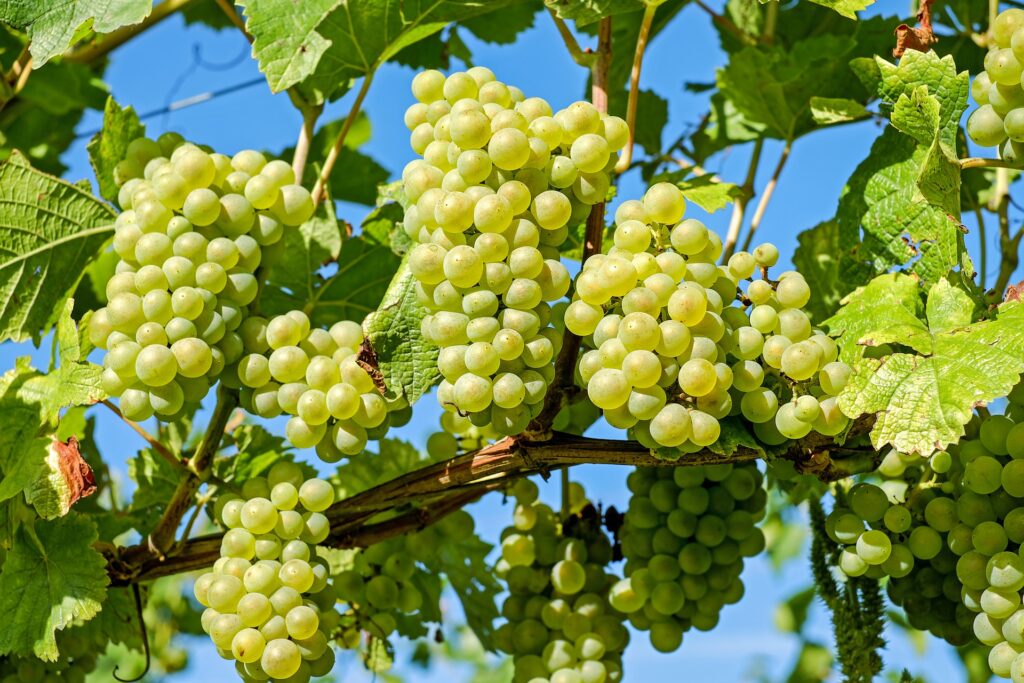

Many plants and plant parts are eaten as food and around 2,000 plant species are cultivated for food. purchasing an organic, water-soluble plant food. green plants produce their own food. That is why green plants are called Autotrophs.
Autotrophs

Plants can prepare their own food by a process called photosynthesis these plants are called autotrophs.Photosynthesis.Plants use solar energy, carbon dioxide in the air, absorb water, minerals, and salts from the soil through roots and prepare food with the help of chlorophyll in the leaf. This process is called as photosynthesis.
Insectivorous plants
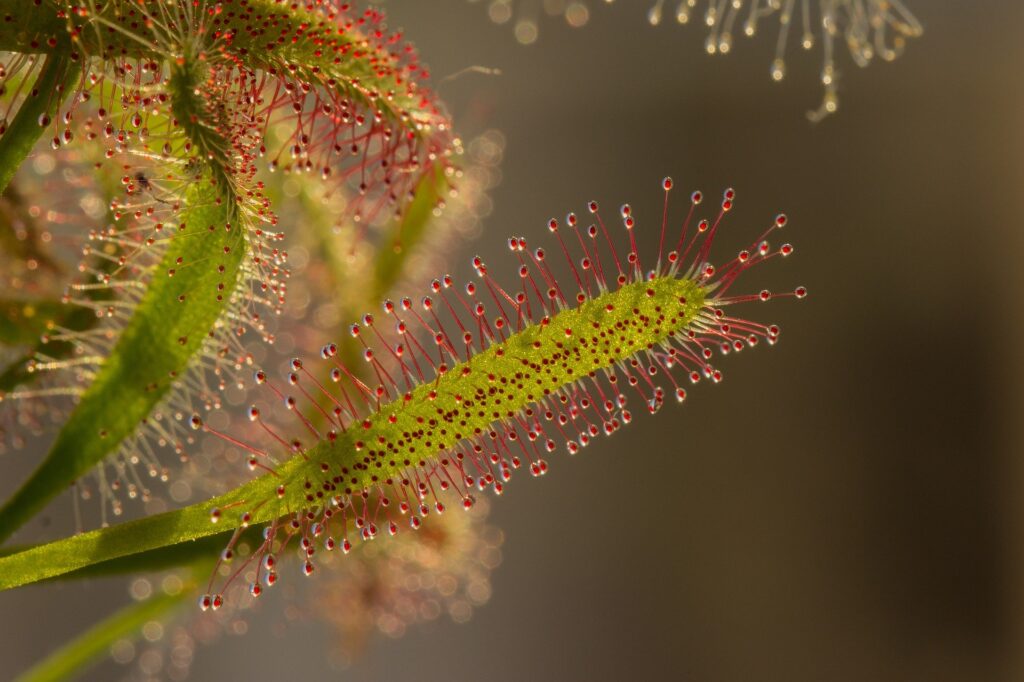
Food of animals
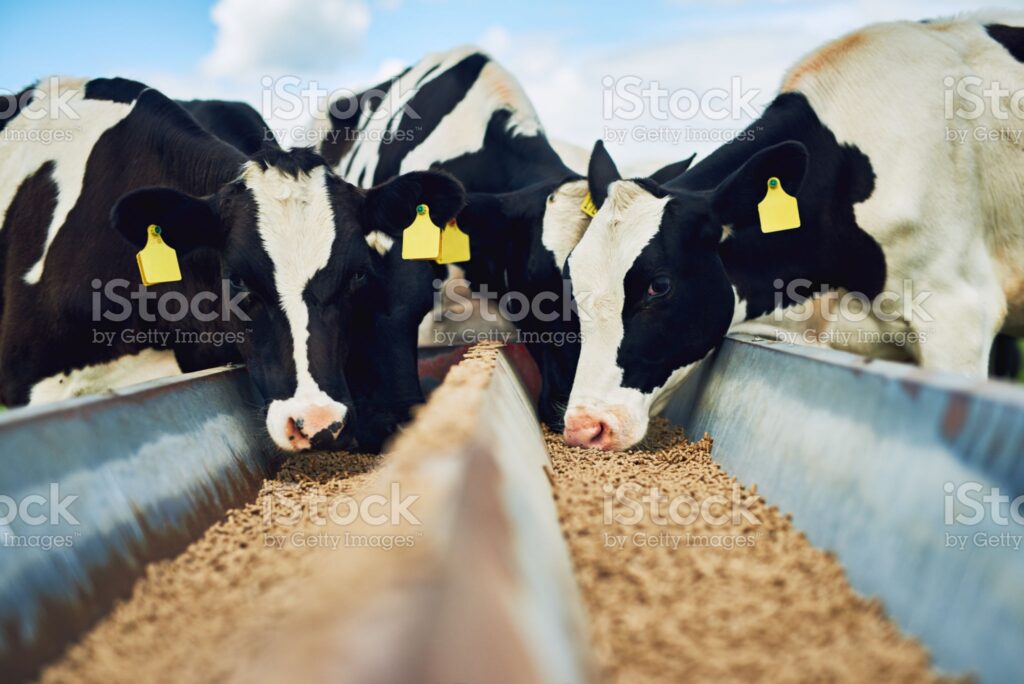
Animals do not prepare their own food. They depend on plants and other animals for food.
Heterotrophs
All animals do not eat the same type of food. Based on the food they eat, the animals are classified as follows. Herbivorous animals, Carnivores animals, and omnivorous animals
Herbivore: Animals that eat only plants and plant products.
Carnivore: Animals that eat other animals
Omnivore – Animals that eat both plants and animals
Difference between plants and animals
Plants
Plants cannot move from one place to another
Plants take in carbon-di-oxide and give out oxygen
Plants can prepare their own food by a process called photosynthesis.
Animals
Animals can move from one place to another place
Animals take in oxygen and give out carbon-di-oxide during respiration
Animals depend on plants and other animals for their food.
Living beings excrete.
The discharge of waste products like urine and sweat from the body of living being is called excretion.
Living beings reproduce.

Living beings continue their progress by producing young ones of their own kind this process is called reproduction example: Cow gives birth to a calf, plants reproduce through seeds, a hen lays eggs which develop into a chicken.
Life Cycle of a plant.
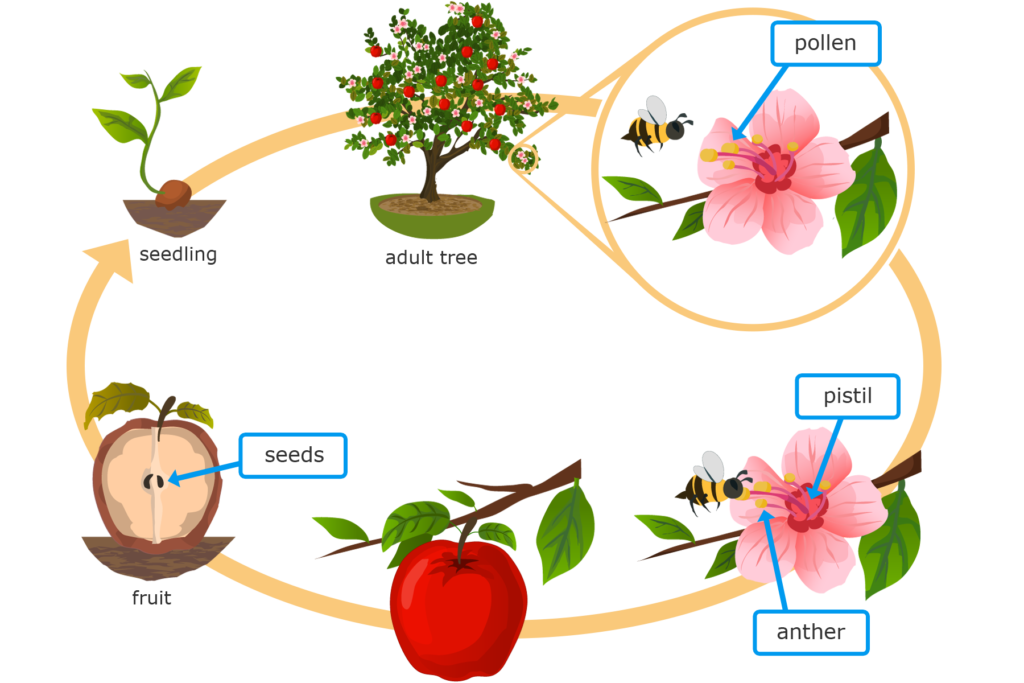
The plants starts life as a seed, which germinates and grows into a plant.the mature plant produces flowers, which are fertilized.
Living beings have life span The period between birth and death of an organism is called lifespan.
Based on the life span, plants are classified
Annuals, Biennials and perennials.
Annuals: these are plants that live for one year or one season produces flowers fruits seeds and die. Example: Wheat paddy pumpkin vegetable cotton etc.
Biennials: these are plants that live up to two years or two seasons produce flowers fruits seed and die. Example: carrot, ginger, cabbage, sugarcane, beetroot, etc.
Perennials: Some plants live for many years and keep producing flowers fruits and seeds throughout their life. Ex mango, lemon coconut neem jack fruit, etc.
Monocotyledonous

Seed has only one cotyledon (seed leaf). Example: Jower, Ragi, wheat, paddy, millets.
Dicotyledonous

Dicotyledonous plant seed has two cotyledons (seed leaf). Example : horse gram, groundnut, red gram, Bengal gram, black gram.




